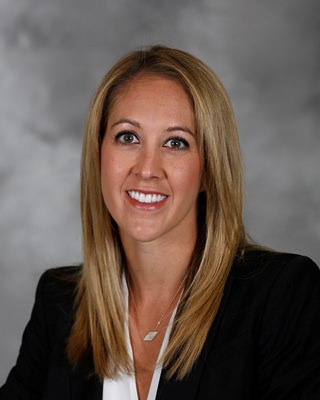Commentary by Kimbre Zahn
Self-exams are a tricky subject — there are just so many variables and high potential for misinterpretation. The bottom line: iI you see an abnormality, see your doctor.
There’s no substitute for routine wellness visits and consultation with a medical professional, but it’s important to know what’s normal for your own body. Here are three specific areas you should pay attention to.
Skin
According to OutrunTheSun.org, “more than 120,000 Americans are diagnosed with melanoma each year.” That’s why the medical community recommends that every adult should routinely monitor skin changes over time. And this applies to your partner’s skin as well, especially on the back. In addition to looking for new moles, non-healing scabs and changes in color or size, know your A, B, C, and Ds:
• A — Asymmetry. Melanoma lesions are often irregular.
• B — Border. Melanoma lesions usually have irregular borders that are difficult to define.
• C — Color. Multiple colors can be an early warning sign.
• D — Diameter. Melanoma lesions are typically greater than six millimeters.
Breasts
Recently, there has been some debate over the value of breast self-exam. Many women don’t perform it regularly or at all, and it has been known to lead to unnecessary biopsies. However, self-exam is still useful when used in conjunction with annual physical exams beginning in early adulthood and mammography beginning at age 50, or earlier if you are at a higher risk. Some bumpiness is natural. That’s why it’s important to examine yourself routinely, so you know what’s normal for your own body. Look for changes in breast size and density, lumps in breasts and armpits and skin dimpling.
Men can also suffer from breast cancer, but because the prevalence is low, there is no recommended routine screening.
Testicles
The U.S. Preventive Services Task Force states, “There is inadequate evidence that screening by clinician examination or patient self-examination has a higher yield or greater accuracy for detecting testicular cancer at earlier (and more curable) stages.” However, it also states that “most cases of testicular cancer are discovered accidentally by patients or their partners.”
The decision to perform either a clinical or self-examination should be a shared decision between you and your physician based your individual risks and benefits.
Kimbre Zahn, MD, specializes in family and sports medicine. She is a guest columnist and located at IU Health Physicians Primary Care – Artistry, 404 E. Washington Street, Suite A, in Indianapolis. She can be reached by calling the office at 317.963.2610. For more on the topics outlined here, visit cancer.org.



